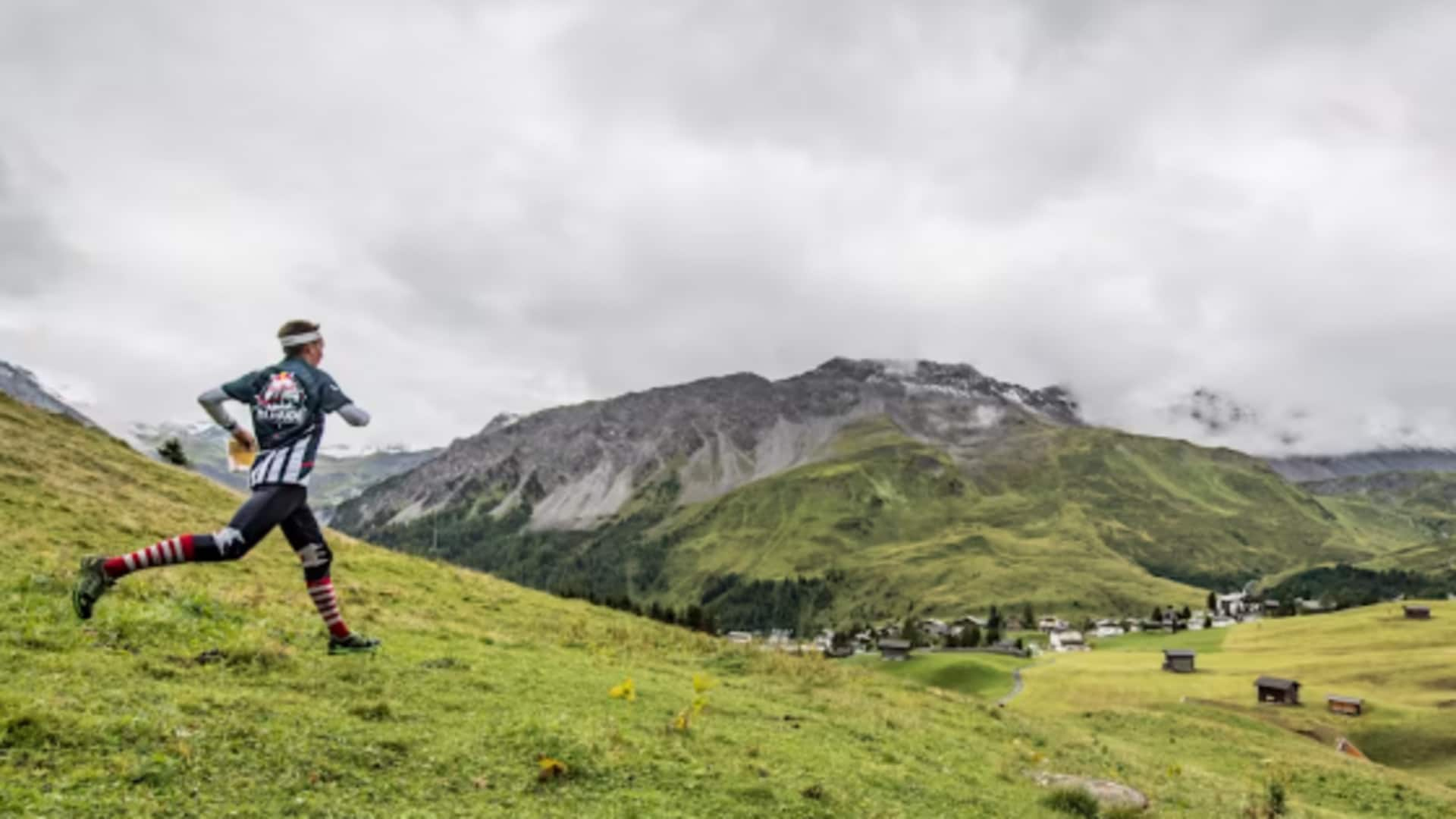
Discover orienteering: A guide to nature navigation
What's the story
Orienteering is an exciting sport that combines navigation skills with running.
Participants use a map and compass to find specific points across diverse landscapes, typically within forests or parks.
This activity challenges both your physical stamina and your mental sharpness.
For beginners, orienteering offers a unique way to explore nature and get a full-body workout.
Tip 1
Understanding the basics
Before you begin, it's important to understand the basic symbols and colors used on orienteering maps.
These highly detailed maps depict contours, vegetation, and man-made features.
Take the time to study and learn what each symbol represents. This understanding is key to successfully navigating unfamiliar terrain.
Interpreting these symbols is a fundamental skill in orienteering.
Tip 2
Mastering the compass
A compass is the most essential tool for orienteering.
Start with learning how to match the compass with the map to establish your direction of travel.
Note: The red side of the compass needle indicates the north.
Test your skills in an open space with visible landmarks, and confirm you're on the right path.
Tip 3
Planning your route
Once you are comfortable with map symbols and can use a compass, start planning your route between checkpoints.
Identify paths that provide distinct landmarks for navigation but also factor in the difficulty of the terrain.
It's often more efficient to choose a slightly longer route with easier navigation than to attempt a direct path through dense vegetation or steep slopes.
Tip 4
Pace yourself
Orienteering is the art of racing with your wits, not just your legs.
Beginners are advised to adopt a pace that facilitates comfortable map reading and route decision-making.
As you gain confidence and skill, you can gradually increase your speed while maintaining accuracy.
This sport provides a thrilling way to engage both your body and mind in the natural world.
Everyone can master orienteering with practice.